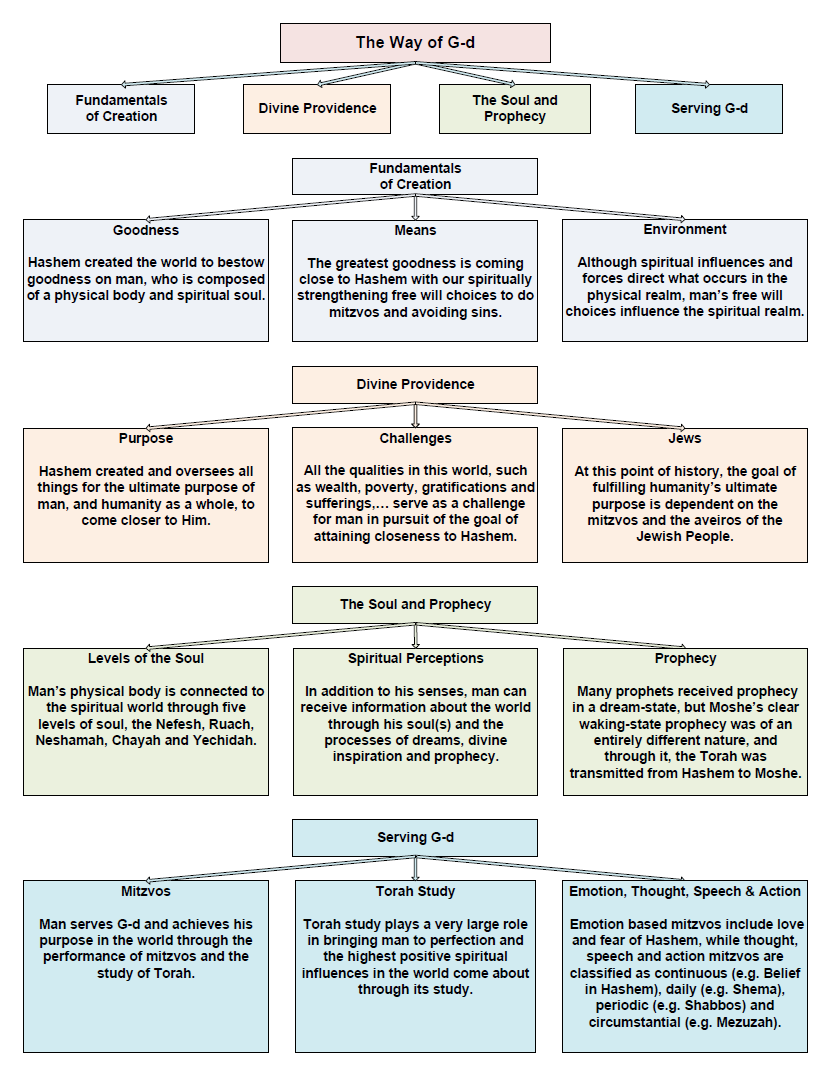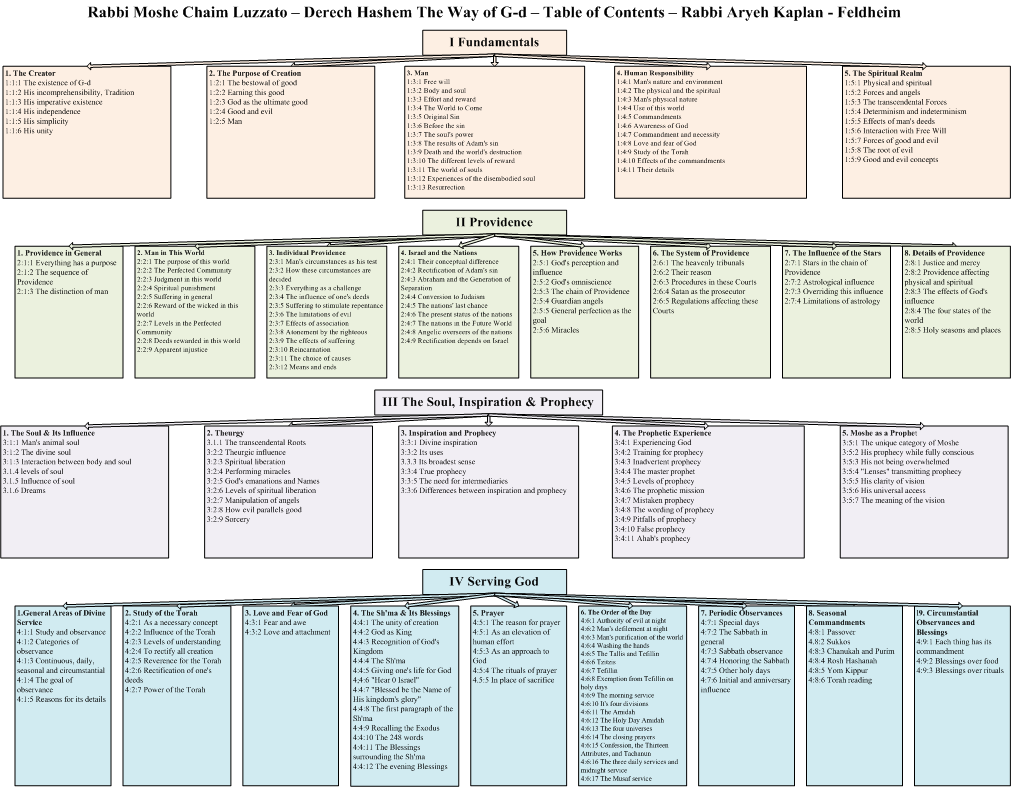Terumah 5774-An installment in the series of adaptations
From the Waters of the Shiloah: Plumbing the Depths of the Izhbitzer School
For series introduction CLICK
By Rabbi Dovid Schwartz-Mara D’Asra Cong Sfard of Midwood
HaShem spoke to Moshe saying: Speak to the children of Israel and have them lift an offering up to Me. Take My offering from anyone whose heart stirs them to give.
-Shemos 25:1
Make an Ark of Shittim-Acacia wood 2 ½ cubits long, 1 ½ cubits wide and 1 ½ cubits high. Envelop it with a layer of pure gold; it should be covered on the inside and the outside, and make a gold lip all around its top.Â
-Shemos 25:10,11
Betzalel (the chief artisan constructing the Tabernacle) built three Arks; two of gold and one of Acacia wood. All had four walls and a floor but no roof (i.e. the “Arks†were boxes, open on top). He inserted the wooden one within the exterior golden one and the interior golden one within the wooden one. He then coated the upper lip with gold. As such (the Acacia wood Ark) was covered on the inside and the outside.Â
-Rashi ibid
None of the furnishings of the tabernacle were made exclusively of gold other than the Menorah. (but I’m puzzled) Once a golden Ark was made, why was a wooden one necessary?Â
-Ibn Ezra ibid
Several peculiarities distinguished the Aron HaBris–the Ark of the Covenant from the other structures and furnishings of the Mishkan-tabernacle. The specs for its dimensions were in half, rather than in full, ahmos-cubits. Unlike the Menorah it was not made of solid gold but unlike the other wooden Mishkan structures and furnishings coated with metal, it was composed of three substantial inlaid boxes, akin to Russian nesting dolls, rather than plated with a paint-thin coating of gold or copper.
The Aron HaBris was the vessel for the Luchos HaBris–the tablets of the covenant and so it serves as a powerful allegory for human bearers of the Torah, talmidei chachamim-Torah sages and, in a larger sense, Klal Yisrael-the Jewish People. Chazal drew a metaphorical lesson from the design and structure of the Aron HaBris: Rava said (the fact that the inner and outer boxes of the Ark were composed of the identical substance [gold] teaches us that) “any talmid chacham-Torah sage, whose interior is inconsistent with his exterior (i.e. who is insincere or hypocritical, who lacks yiras Shamayim-the awe of Heaven) is no talmid chacham at all.â€(Yoma 72B)
Based on this homiletic precedent the Izhbitzer School provides many insightful interpretations about the design and structure of the Aron:
The Izhbitzer taught that in order to acquire Torah a person must view himself as incomplete without the Torah that, as was the case with the measurements of the Aron, that they’re only “halfway†to completion and fulfillment. On the other hand, if one only has an intellectual curiosity about Torah similar to an academic interest in other disciplines HaShem will not allow him to become a receptacle for the Torah. If a person feels as though he can live without Torah, he may study and contemplate it for years, but he will never truly absorb it.
The Izhbitzer’s younger son, the Biskovitzer Rebbe, explains that the reason for the three individual inlaid boxes was to demonstrate the Torahs intrinsically hidden nature. It is not merely that the true meaning of the Torah’s narratives, mitzvos and teachings often eludes us; the proverbial “riddle wrapped in a mystery, inside an enigma,†but that there are three barriers that must be transcended and pierced in order to perform the mitzvos fully. The following impediments prevent people from committing themselves single-mindedly to the service of HaShem and, thereby, transforming themselves into abodes for His Divine Indwelling:
1. So many millennia have come and gone and so many “end times†have been predicted without the long-awaited dawning of the messianic era-kalu kol hakitzin. The dispiriting sense of hopelessness in Mashiach ever actually arriving cools our ardor for the mitzvos.
2.  The leadenness of our natures steers us towards undemanding, path-of-least-resistance, mitzvas anashim melumadah-rote performance of the mitzvos. Bringing a sense of awe, wonder and freshness to the performance of mitzvos time after time is very challenging when we’ve been trained to do the mitzvos from our earliest youth.
3.  The burden of our past sins weighs us down. We feel humiliated before HaShem and utterly convinced that our relationship with Him has been irrevocably broken.
The Biskovitzer explains that the midrash (Shemos Rabbah 33:3) interprets the pasuk “I am asleep but my heart is awake†as an allusion to these three barriers. “I†may be insensate to the end of days, but “my heart†— the Holy Blessed One, is awake, maintaining and stoking the very last embers of longing for the messianic era within me. “I†am deadened to the vitality of the mitzvos by my robotic, by-rote performance but “my heart†— the merit and legacy of my forefathers, who were trailblazers and who were forever breaking new ground, is awake. “I†am anesthetized and alienated by the ether of guilt wafting malodorously from the incident of the golden calf, but “my heart†— HaShem, my Merciful Father, refusing to give up on even the most wayward of sons, is awake.  The Holy Blessed One called for me to build the Mishkan. If the alienation caused by sin was truly irrevocable would HaShem ever have invited me to participate in the building of an abode for His Divine Indwelling?
He cryptically concludes that, of the three boxes, it is davka the wooden one that symbolizes the impediment of sin-engendered guilt feelings and especially, on a national level, the guilt engendered by the incident of the golden calf. Puzzling, because the Midrash Tanchumah that he cites (Parshas Vayakhel 8) says the Aron was made of Shittim wood to atone for the sin committed at Shittim. This is an apparent reference to the sin of licentiousness with the Moabites that occurred at Shittim and not referring to the sin of idolatry of the golden calf (that occurred at the foot of Sinai).
[A more direct reference might have been the Midrash Tanchumah from our own parshah (Terumah:10) that states; HaShem told Moshe “they committed a folly (shtus) and angered Me with the calf; let the Acacia wood-atzei Shittim come and gain atonement for their folly.â€Â The problem with the latter citation is that the Acacia wood in question is that of the mizbayach-altar and not of the aron.]
Rav Tzadok, the Lubliner Kohen, asserts that the essential aron was the one that was made of wood. Unlike inert-mineral gold, wood came from a living, thriving, flourishing tree. The Torah itself is referred to as “the tree of life.â€Â The atzei Shittim box in the center represents the ardent, almost libidinous, yearnings for Torah-chamidu d’Oraysa that are the necessary prerequisite for the acquisition of the Torah’s wisdom (cp Rambam Isurei Biah 22:21). While the sincere awe of heaven, represented by the interior and exterior golden boxes, contains, defines and sublimates the unbridled, wild infatuation represented by the wood.
Elsewhere the Lubliner Kohen notes that during the creation of Heaven and earth, the darkness preceded the light. He postulates that every personal or national advancement towards greater spirituality and “the light†must be preceded by, and grow out of, a darkness. It was not simply that the Shittim wood of the Aron atoned for the sin of the calf it was that the dark sin of the calf was an indispensable precondition that engendered the light of the Aron and, as the epicenter of its sanctity, the entire Mishkan!
The sin of the calf was motivated by Klal Yisrael’s desire for a palpable sensory-perceivable Elohim that would lead them. While directed towards the calf this desire was something dark and sinister. But the radiance and illumination of the Mishkan — a place where HaShem’s Indwelling was palpable, and the only site where all “seekers of HaShem†went to find what they sought (Shemos 33:7), followed and grew out of the darkness of the calf. Through the atzei Shittim, the shadowy “shtus†of the calf became part and parcel of the Aron’s and Mishkan’s radiance.
 ~adapted from: Mei HashiloachII Terumah Dâ€H Kol Middos
Neos Deshe Terumah Dâ€H v’Ahsu (the first)
Pri Tzadik Terumah inyan 8 page 152
Resisei Laylah inyan 24 pp30–31
REVISED 5:30 PM EST 1.30.14


